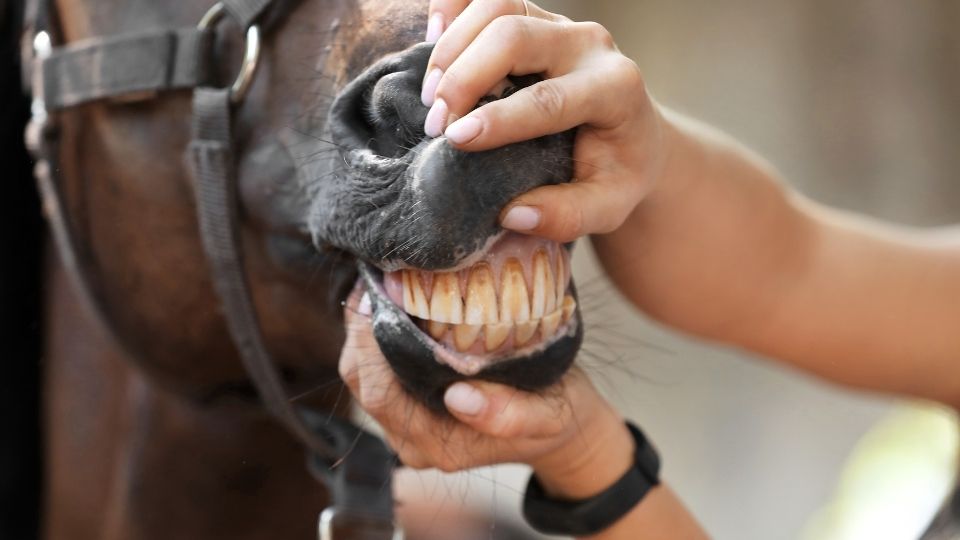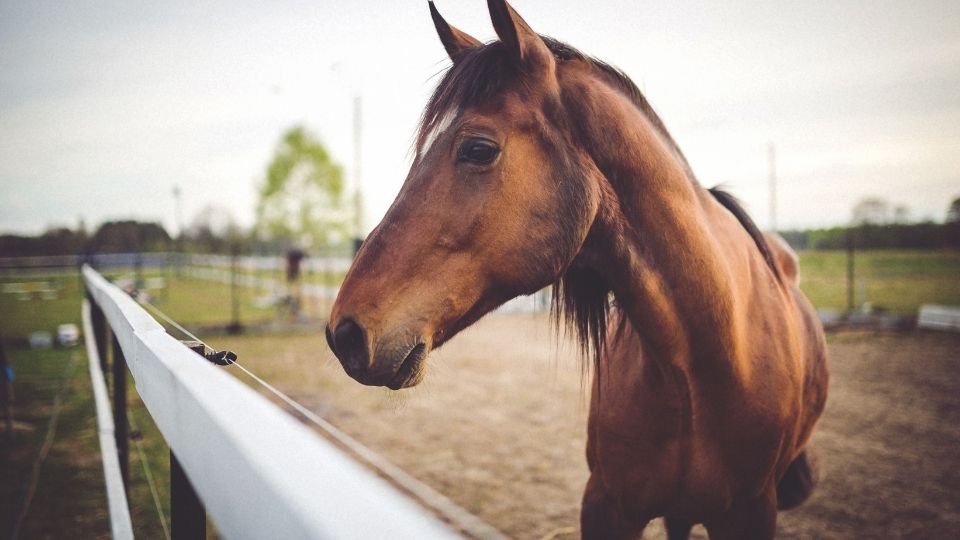Fecal Egg Count Tests Improve Deworming Programs
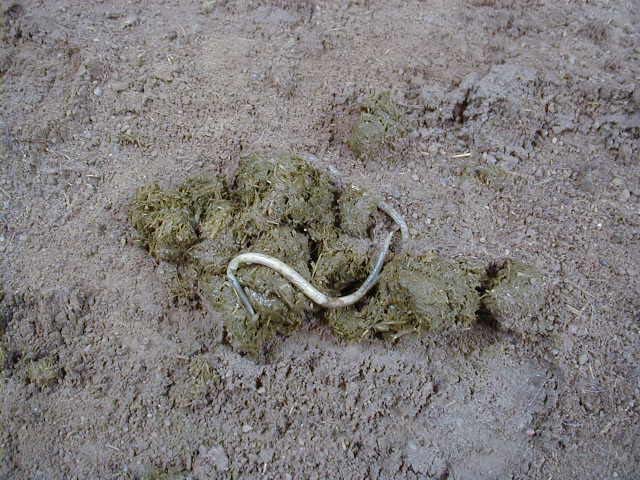
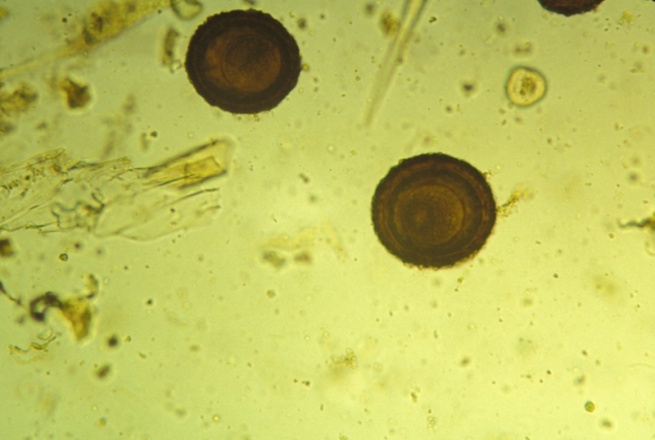
thick egg wall and round shape.)
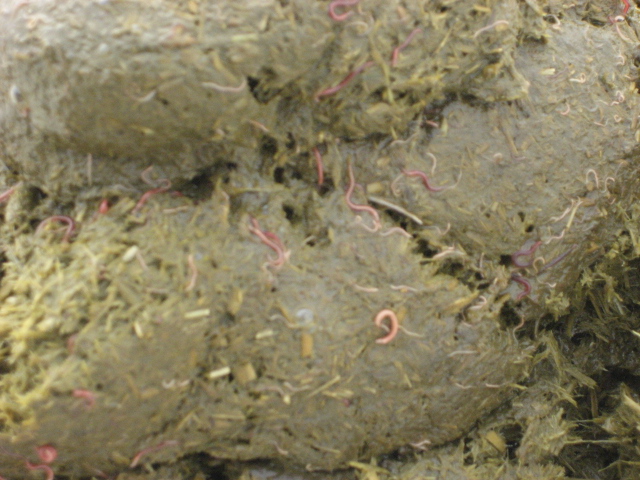
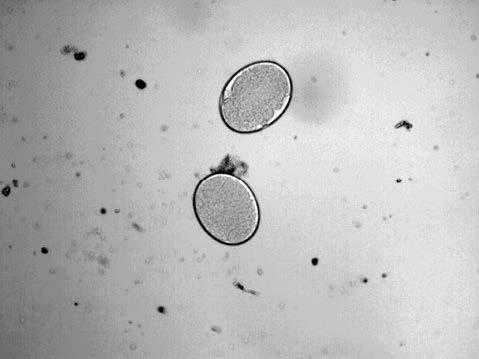
oblong shape and thin walls.)
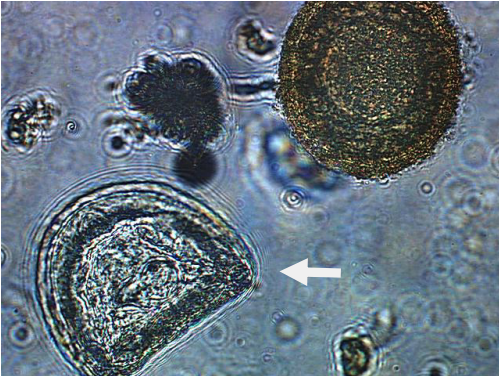
egg.
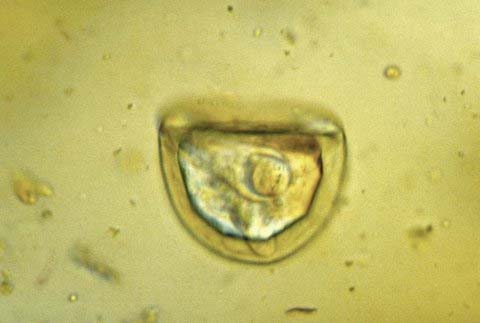
wall and flattened side.)
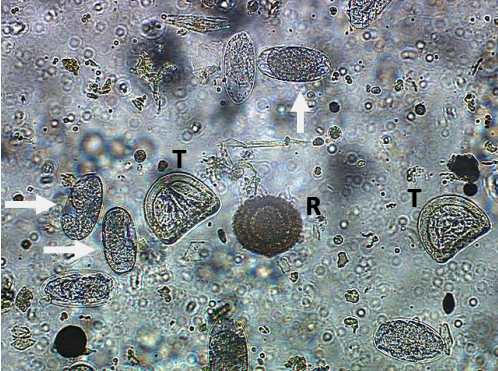
round worm (R) eggs.
Introduction
Management of internal parasites is an important aspect of horse health care, as parasites can harm the horse. These parasites include Ascarids, Strongyles, tape worms and bots. To learn more about internal parasites and deworming programs see “Internal Parasites and Your Horse: A Cause for Concern” at extension.usu.edu/equine/research. Typically a deworming product is given every 8 to 12 weeks depending on what part of the country the horse is housed, age, number of other horses to which it is exposed and its environment. The objective of parasite control is to maintain the parasite burden at a low level, rather than to eliminate parasites entirely. This avoids over-treatment, limits the cost of parasite control, and helps horses maintain partial immunity to overwhelming infection. In other words, it is a good idea to allow a very low level of parasites so the horse’s immune system can learn to deal with these invaders, should they occur in larger numbers. Research has indicated, in some instances, horses may be over dewormed, which can lead to parasite resistance to deworming products (Young et al., 1999).
A fecal egg count test is a microscopic examination for parasite eggs in fresh manure. This simple test can indicate which parasites are present and in what numbers. Adult parasites lay eggs or portions of their bodies (containing eggs) called progottids that pass out of the intestinal tract in the feces. Internal parasite eggs can be detected in the feces by performing a fecal egg count test.
Fecal testing benefits both individually housed and group housed horses. When several horses are housed together in a pen or pasture, collect fresh manure samples from two or three horses.
This will give an indication of parasite levels within the group. A fecal egg count, if used before deworming, aids in choice of deworming paste. If also used after deworming (10 to 14 days after deworming), it can help evaluate the effectiveness of the deworming product. Some parasite stages are not found in the feces (such as bots) so the fecal test is not always a complete assessment of parasite load.
A fecal egg count test establishes the number of parasite eggs present in each gram of manure tested (EPG). Traditionally a horse with an EPG value of 200 to 500 would be considered a candidate for treatment. In a herd, an average EPG value between all horses of 100 to 300 has long been considered the threshold between normal and unusual levels of parasite infestation.
To make fecal testing a part of your deworming schedule, visit with your veterinarian. Once a schedule is developed, the owner can be a part of this testing by providing the veterinarian with fresh manure samples. Running the fecal test requires only one or two fecal balls per horse, gathered in a plastic bag. The veterinarian will mix the manure with a solution that will cause the parasite eggs to float to the top. These collect on a microscope cover slip, which is viewed under a microscope at the 10x power.
A fecal test performed prior to deworming allows for deworming to be performed at a more knowledgeable level. Most programs call for deworming on a regular schedule without any information about which parasites are present. Some research has indicated that horses maintained in stalls cleaned daily, or in low numbers on adequate land, and located in arid areas may need less deworming (Young et al., 1999; Craig, 1999), as these factors my decrease the exposure to the infected stages of the worms. Performing fecal tests on your horses may help to identify the relative internal parasite burden and help to identify the presence of parasite resistance on your farm. Horses with a very low parasite burden may not need to be dewormed as frequently as those with much larger burdens. Furthermore, horses that maintain a significant parasite burden despite recent deworming may indicate a developing resistance problem.
Owners can make use of fecal egg count tests to help manage internal parasites more effectively. Using the appropriate dewormer, as needed, can be cost effective and can help lessen the chance of parasite resistance to deworming products. Working with your local veterinarian and including fecal tests in an internal parasite control program will give owners valuable information for creating a successful deworming program.
Commonly Seen Parasite Eggs
Three common types of parasite eggs can be seen on microscopic examination. The ascarid, or large round worm (Figure 1), has a very thick shell and can be very dense or look dark under the microscope (Figure 2). These eggs are also uniformly round.
The small round worms (strongyles) are smaller worms (Figure 3) and often go unnoticed in feces.
Strongyles have a very thin wall and are not quite as dense. These thin walled eggs are oblong in shape (Figure 4).
The third type of eggs commonly seen on fecal flotation is tape worm eggs. These eggs can be differentiated from the others (Figure 5) by a thick cell wall, a more translucent center, and one flat side (Figure 6). All three egg types can be seen in Figure 7.
Summary
Owners can make use of fecal egg count tests to help manage internal parasites more effectively. Using the appropriate dewormer only when needed is cost effective and can help lessen the chance of parasite resistance to deworming products.
References
- Kerry E. Young, Valerie Garza, Karen Snowden, R.J. Dobson, David Powell, T.M. Craig, Parasite diversity and anthelmintic resistance in two herds of horses, Veterinary Parasitology, Volume 85, Issues 2-3, 31 August 1999, Pages 205-214.
- Thomas M. Craig, Considerations for the control of equine cyanthostomes in arid areas, Veterinary Parasitology, Volume 85, Issues 2-3, 31 August 1999, Pages 181-188.
Published April 2009
Utah State University Extension
Peer-reviewed fact sheet
Authors
Dr. Patricia A. Evans, Extension Equine Specialist, Utah State University; Dr. Kerry Rood, Extension Veterinary Specialist, Utah State University
Related Research



